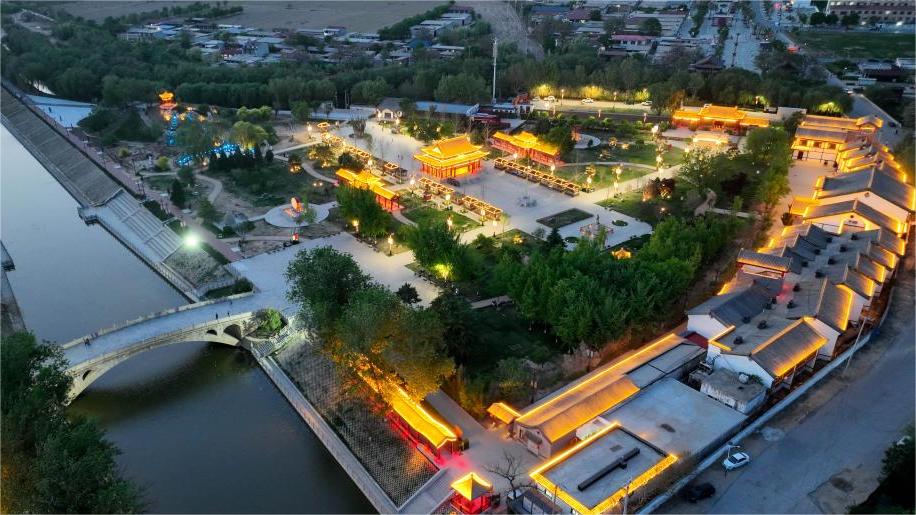Agreement boosts joint work on parks

A wild giant panda is photographed in Beichuan, Sichuan province, last year. [Photo/Xinhua]
An agreement to promote friendly cooperation between China's Giant Panda National Park and the Pyrenees National Park in France was recently reached by the National Forestry and Grassland Administration and the French Biodiversity Agency, the administration has announced.
The two countries will carry out practical cooperation in the fields of biodiversity monitoring, flagship species protection and population recovery, community co-management, science popularization and education, personnel training and other areas, the administration, which is also the National Park Administration, said in a news release on Wednesday.
The news was announced after President Xi Jinping concluded his visit to France. Four statements, including one on strengthening biodiversity and ocean cooperation between China and France, were released during the visit.
The National Forestry and Grassland Administration said that in recent years, China and France have conducted close exchanges and cooperation in the field of nature conservation, especially in the construction of national park systems.
In June last year, the two countries jointly held a "China-France national park system dialogue" activity in Wuyishan National Park, which spans Fujian and Jiangxi provinces, to explore and improve the management models and operation methods of national parks in both countries.
Last month, the administration and the French Biodiversity Agency held an online meeting to promote the work of pairing up between the Giant Panda National Park and the Pyrenees National Park.
The administration said the Giant Panda National Park, which spans Sichuan, Shaanxi and Gansu provinces, connects 13 ecological corridors of the giant panda population, protects over 70 percent of wild giant pandas, and has global conservation significance and research value.
The region where the park is located is also a hot spot for global biodiversity, with nationally protected wildlife such as snow leopards and Sichuan golden snub-nosed monkeys, as well as redwood and ginkgo trees, the administration said.
The Pyrenees National Park in France was established in 1967 and is the third national park in the country. The park stretches 100 kilometers along the border between France and Spain, serving as a climatic barrier between the Pyrenees Mountains and the Mediterranean.
The park is home to around 2,500 species of plants, accounting for more than 40 percent of the native plant species in France.
Photos
Related Stories
- Chinese FM spokesperson briefs on new round of China-U.S. cooperation on giant panda conservation
- China's giant panda couple set off for Spain
- Rare footage captures wild giant pandas mating in NW China
- Friendship over lofty mountains and flowing streams
- Highlights of President Xi’s remarks when he meets with French and European leaders
- China, France to advance bilateral trade, economic cooperation: spokesperson
Copyright © 2024 People's Daily Online. All Rights Reserved.









